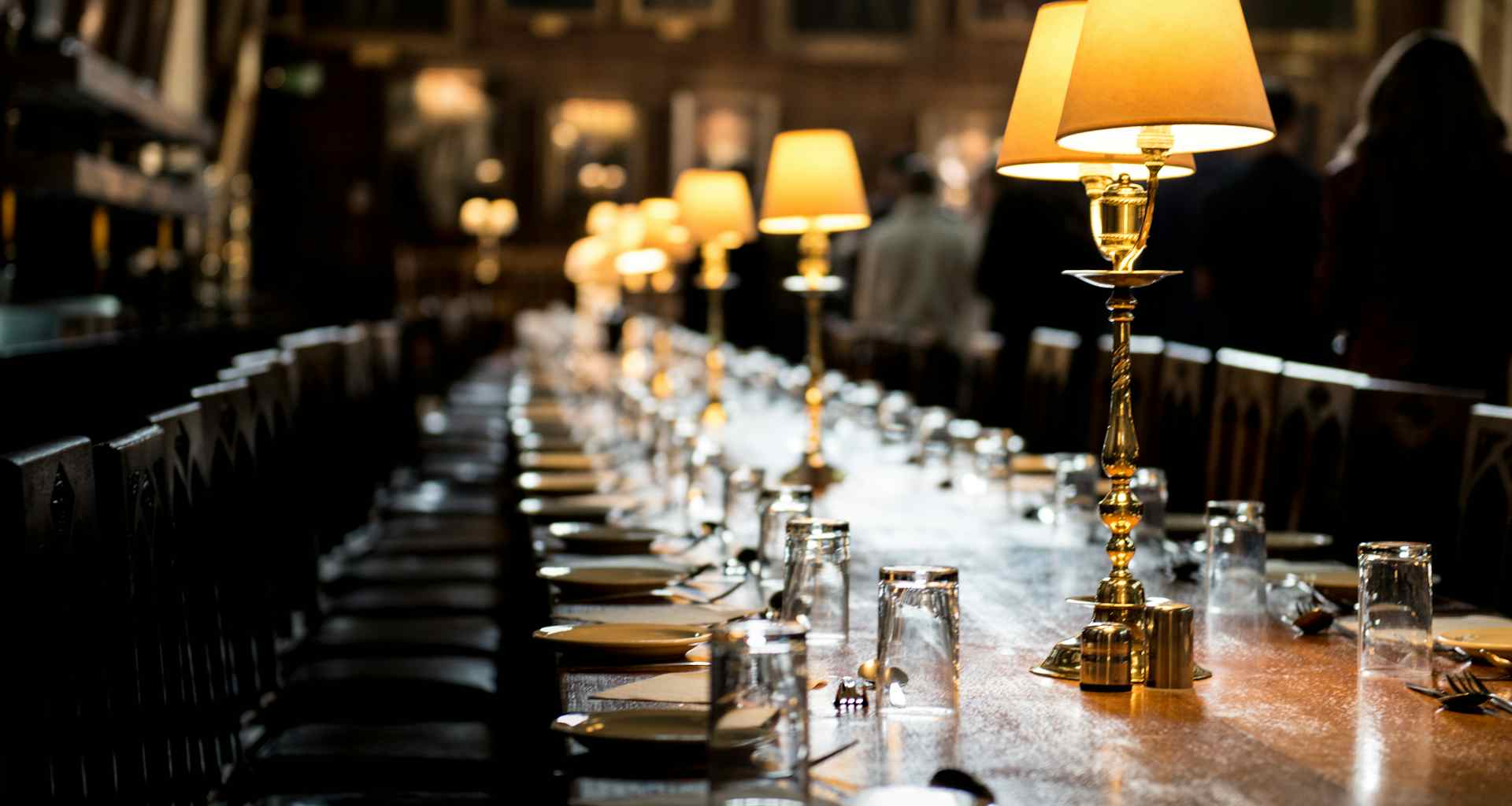Ensuring Fragrance Longevity: Stability Testing Explained
Fragrance stability testing is a vital process in the development and quality assurance of perfumes and scented products. It evaluates how a fragrance performs under diverse conditions over time, aiming to assess its original quality, encompassing scent profile, color, and overall efficacy throughout its intended shelf life.
Crucial for verifying the longevity of a fragrance, this analysis anticipates how the fragrance will age, ensuring a uniform scent quality from purchase to the last use and instilling confidence in the product’s performance.
The stability of a fragrance significantly impacts consumer satisfaction and brand reputation. A fragrance undergoing degradation or alteration over time may result in dissatisfaction and damage to the brand’s image. Rigorous testing preserves high product quality, delivering captivating fragrances that remain consistent throughout their lifecycle. This commitment upholds fragrance integrity, strengthens customer trust, and fosters brand loyalty.
The Science Behind Fragrance Aging: Factors to Consider
Several factors can contribute to the aging of a fragrance, potentially altering its original characteristics:
- Exposure to light: UV and intense light can break down scent molecules, leading to changes in the fragrance’s profile.
- Temperature fluctuations: High temperatures or significant temperature changes can accelerate the degradation of some fragrance components.
- Oxidation: When a fragrance is exposed to air and oxygen, specific components may undergo oxidation, resulting in a modification of the scent.
- Humidity and moisture: High humidity or direct contact with water can impact the stability of a fragrance, especially if the packaging is compromised.
- Interaction with packaging materials: Certain packaging materials can react with fragrance ingredients, leading to changes over time. ILT offers a selection of caps and septa frequently used in the fragrance industry.
- Time: Naturally, over time, the volatile components of a fragrance may evaporate or degrade, changing the overall balance of the scent.
Stability Testing Methods
- Accelerated Stability Testing: This method involves exposing the fragrance to elevated temperatures to simulate aging over a shorter period. It’s used to predict how a fragrance will hold up over time under normal storage conditions.
- Light Exposure Testing: Here, the fragrance is exposed to controlled light sources, including UV light, to assess the impact of light exposure. This test is crucial for understanding how sunlight or indoor lighting might alter the fragrance’s characteristics.
- Freeze-Thaw Testing: This involves repeatedly freezing and then thawing the fragrance. It’s used to evaluate how extreme cold and subsequent return to room temperature might affect the fragrance, particularly in terms of its physical properties like clarity and viscosity.
- Real-Time Stability Testing: The fragrance is stored under normal conditions for an extended period. This method provides a comprehensive view of how the fragrance performs under typical usage and storage situations.
Stability Testing Tools
- Climate Chambers: Used for accelerated and real-time stability testing, these chambers simulate various environmental conditions like temperature and humidity.
- UV Light Cabinets: Specifically designed for light exposure testing, they expose fragrances to UV and visible light to assess the impact of light on fragrance stability.
- Freezers and Refrigerators: Utilized in freeze-thaw testing, these control temperature extremes to evaluate how fragrances react to cold conditions.
- Viscometers: These measure the viscosity of a fragrance, helpful in detecting physical changes after stability tests.
- Spectrophotometers: Used to detect changes in color or clarity of the fragrance solution, indicating potential instability.
Read more about the seals and septa industry on our blog page or learn more about ILT, the world leader in manufacturing seals and septa here.





